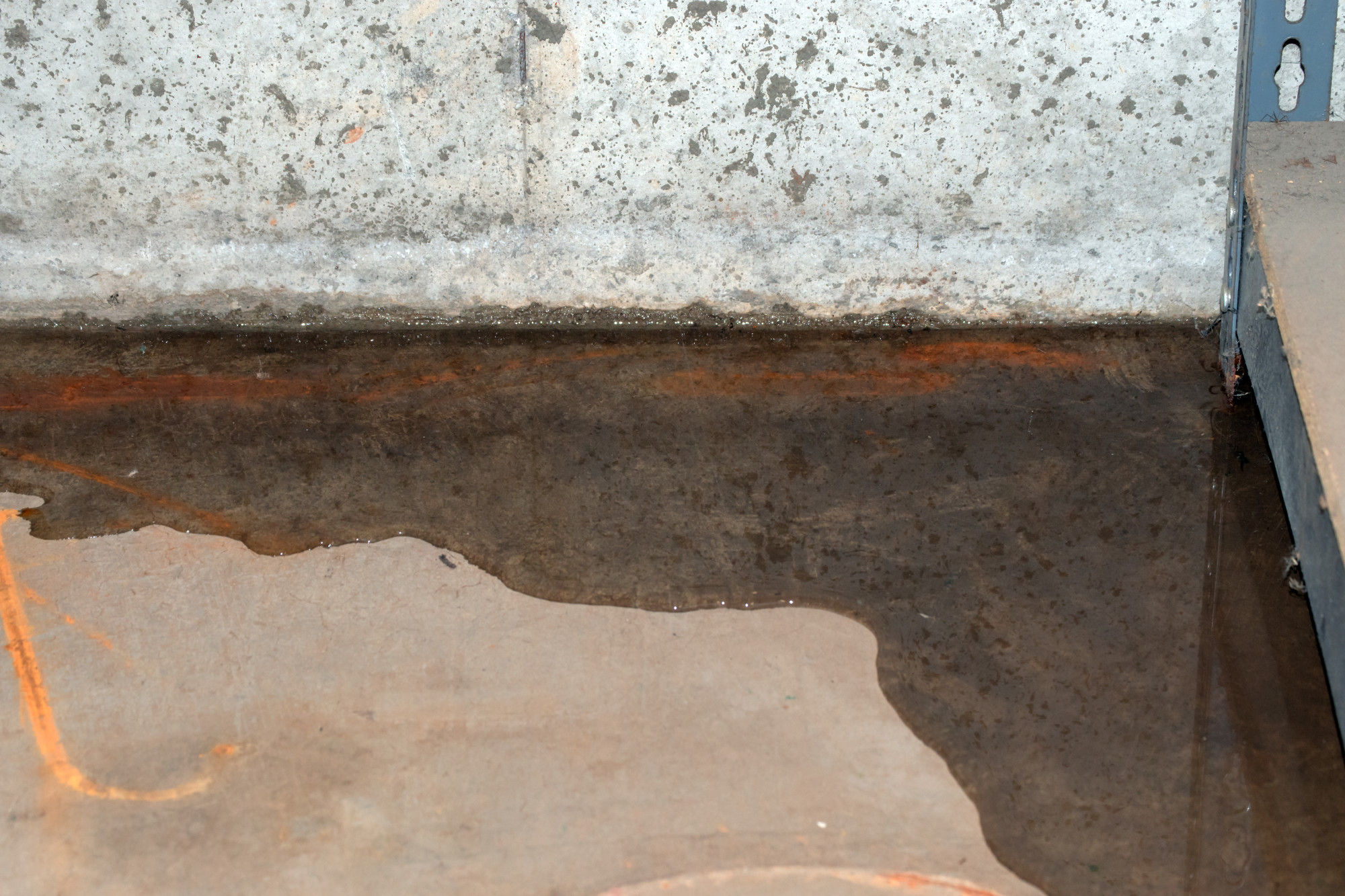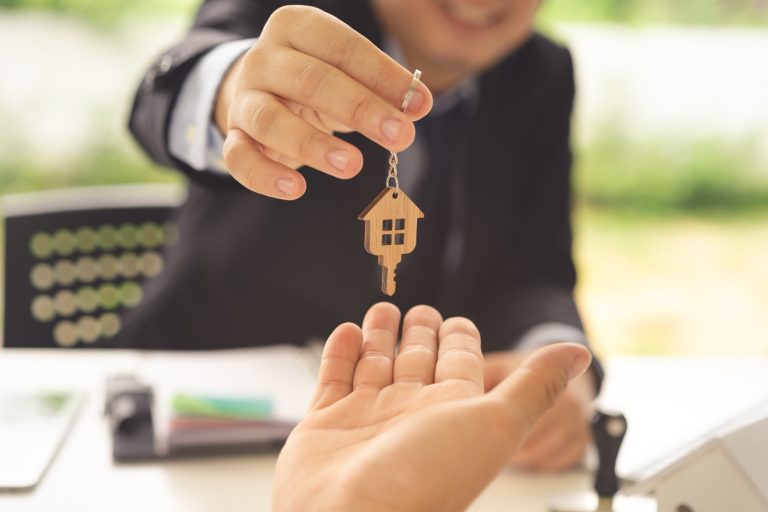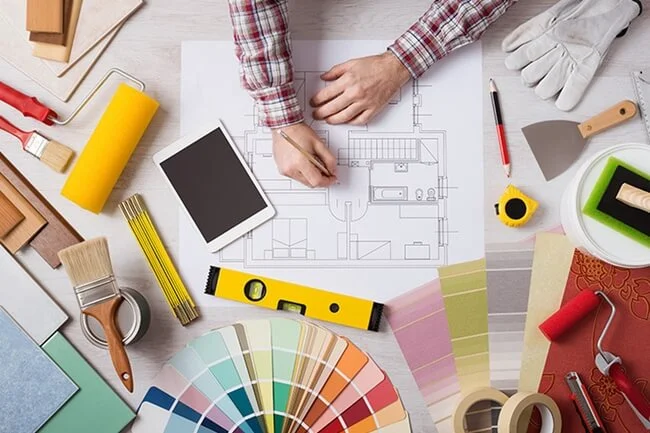What Is a Slab Leak? Your Brief Guide
Did you know a single leaky pipe can waste up to 10,000 gallons of water annually? That’s enough water to fill a swimming pool! And when that leak is located underneath your home’s concrete foundation, it’s called a slab leak.
It is one of the most damaging and costly types of water damage that homeowners can experience. The idea of a slab leak may seem confusing, and it’s understandable if you need help with what to do.
So what is a slab leak, and how do you resolve one? Let’s find out.
What is a Slab Leak?
A slab leak is a plumbing problem that occurs when the water supply pipes or drainage pipes beneath the concrete foundation of a building start to leak. It can happen due to several reasons, including the aging of the pipes, improper installation, or ground shifting due to natural phenomena such as earthquakes.
The leak’s location typically occurs where the pipes are most vulnerable. The most common types of leaks are pinhole leaks, small holes forming on the pipes due to corrosion or other factors.
Causes of Slab Leaks
Now that we know what a slab leak is, we must also understand what causes them. There can be several slab leak causes, including:
Poor Installation
If they did not install the pipes properly in the first place, they may be more prone to leaking. Pipes that are too small, too large, or not supported correctly can all lead to leaks.
Corrosion
Over time, pipes can corrode due to the water running through them, the materials they are made of, and other environmental factors. Corrosion weakens the pipes, making them more susceptible to leaks.
Ground Shifts
If the ground beneath the home shifts, it can pressure the pipes and cause them to crack or break. It is widespread in areas with expansive clay soils.
How to Detect a Slab Leak
Detecting a slab leak can be difficult, as the pipes are beneath the home’s concrete foundation. However, there are a few signs that homeowners can look out for:
- Sound of running water
- Damp carpets or flooring
- Warm or hot spots on the floor
- Increased water bills
If homeowners notice any of these signs, they should call a professional emergency plumbing service to inspect their home for a possible slab leak.
Fixing a Slab Leak
Fixing a slab leak involves cutting into the home’s concrete foundation to access the pipes. It can be complex and expensive, so hiring a professional plumber with experience with slab leak repairs is essential. There are two main methods for fixing a slab leak:
Repiping
It involves replacing the entire section of the pipe that is leaking. While this is more expensive, it ensures the system is up to code and will not experience further leaks.
Epoxy lining
It involves coating the inside of the pipe with an epoxy lining that seals any leaks. It is a more cost-effective solution but may only be appropriate for some types of pipes.
Follow These Homeowner Tips for Keeping Slab Leaks at Bay
What is a slab leak? It can be a homeowner’s worst nightmare, causing extensive damage and requiring expensive repairs. However, by knowing what is a slab leak, the signs and hiring a professional plumber to fix the issue, homeowners can minimize the damage and cost associated with this type of water damage.
For more articles like this, check out the rest of our blog today!






